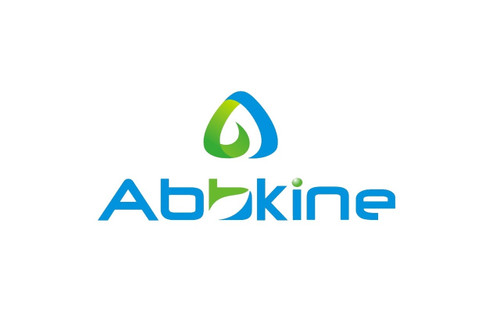Product Description
Mouse Vitamin D3 receptor (VDR) ELISA Kit | AE11730MO | Abebio
Species Reactivity: Mouse (Mus musculus)
Abbreviation: VDR
Alternative Name: NR1I1; vitamin D (1;25-dihydroxyvitamin D3) receptor
Application: ELISA
Range: 0.312-20 ng/mL
Sensitivity: 0.124 ng/mL
Intra-Assay: ≤4.8%
Inter-Assay: ≤10.3%
Recovery: 1, 02
Sample Type: Serum, Plasma, Other biological fluids
Detection Method: Sandwich
Analysis Method : Quantitive
Test Principale: This assay employs a two-site sandwich ELISA to quantitate VDR in samples. An antibody specific for VDR has been pre-coated onto a microplate. Standards and samples are pipetted into the wells and anyVDR present is bound by the immobilized antibody. After removing any unbound substances, a biotin-conjugated antibody specific for VDR is added to the wells. After washing, Streptavidin conjugated Horseradish Peroxidase (HRP) is added to the wells. Following a wash to remove any unbound avidin-enzyme reagent, a substrate solution is added to the wells and color develops in proportion to the amount of VDR bound in the initial step. The color development is stopped and the intensity of the color is measured.
Product Overview: VDR is the nuclear hormone receptor for vitamin D3. This receptor also functions as a receptor for the secondary bile acid lithocholic acid. The receptor belongs to the family of trans-acting transcriptional regulatory factors and shows sequence similarity to the steroid and thyroid hormone receptors. Downstream targets of this nuclear hormone receptor are principally involved in mineral metabolism though the receptor regulates a variety of other metabolic pathways, such as those involved in the immune response and cancer. Mutations in this gene are associated with type II vitamin D-resistant rickets. A single nucleotide polymorphism in the initiation codon results in an alternate translation start site three codons downstream. Alternative splicing results in multiple transcript variants encoding the same protein.
Stability: The stability of ELISA kit is determined by the loss rate of activity. The loss rate of this kit is less than 5% within the expiration date under appropriate storage condition. The loss rate was determined by accelerated thermal degradation test. Keep the kit at 37°C for 4 and 7 days, and compare O.D.values of the kit kept at 37°C with that of at recommended temperature. (referring from China Biological Products Standard, which was calculated by the Arrhenius equation. For ELISA kit, 4 days storage at 37°C can be considered as 6 months at 2 - 8°C, which means 7 days at 37°C equaling 12 months at 2 - 8°C) .
 Euro
Euro
 USD
USD
 British Pound
British Pound
 NULL
NULL








